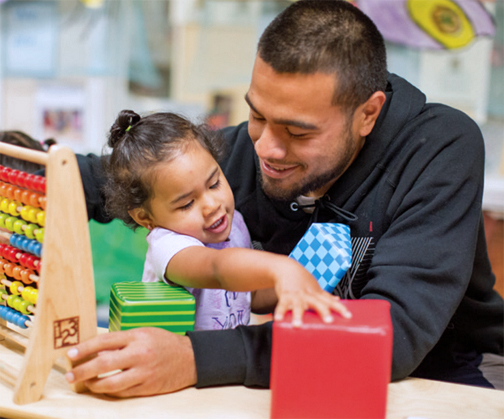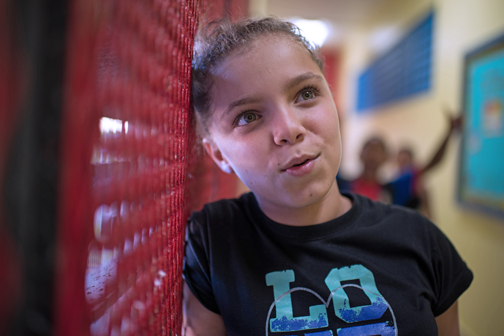700K+ children, youth live in high-poverty areas in P.R.


The Casey Foundation offered a number of recommendations based on shared values of opportunity, responsibility and security to address the study’s findings.
Children and youth in Puerto Rico continue to live in families facing enormous economic challenges, with some 84 percent residing in areas of extreme poverty and the parents of more than half lacking full-time, year-round employment.
These and 14 other indicators of child well being are revealed in the 2016 Kids Count Data Book from the Annie E. Casey Foundation, which is represented in Puerto Rico by the Youth Development Institute (YDI), a Kids Count network partner.
“Traditionally we talk about the percentage of our children and youth who are living below the poverty line. In Puerto Rico, that is 58 percent of our kids,” said Gloriann Sacha Antonetty, communications director of the YDI.
“That number is not acceptable and even less so is the fact that 702,000 children live in high-poverty areas. This is urgent and distressing. We have to approach this problem with concrete actions,” she said.
“The indicator relating to children under 18 who live in areas of extreme poverty refers to Census blocks where 30 percent or more of the population live below the poverty line. This statistic gives us insight into the effects of poverty and how it impacts upon the development of children beyond their immediate family,” added Caridad Arroyo, YDI Statistics Leader.
The publication reveals trends in child well being in all U.S. states and jurisdictions of the United States in four categories: economic well being, education, health and family and community.
The most significant results for Puerto Rico show that: 33 percent of children live in high-cost housing; 59 percent of kids are in single-parent families; 15 percent of teens ages 16 to 19 are not attending school and not working; 40 percent of children ages 3 and 4 are not attending school; there are 23 deaths among children and teens per every 100,000; there are 40 births to teen mothers per 1,000 girls ages 15 to 19; and 10.8 percent of babies are in the low birth weight category.
Overall, “Generation Z” teenagers — the rising cohort born after 1995 that follows the “Millennials” — broke records in education and health indicators despite growing up in the midst of the economic downturn, the study showed.
Comparing national data to the recession-era, it can be seen that the rate of teen births has fallen by 40 percent, the percentage of teens abusing drugs and alcohol has dropped by 38 percent and the percentage of high schoolers not graduating on time decreased by 28 percent.
“Looking into this election period, candidates must propose solutions and public policies that benefit our youth and their families. We live in times of economic instability where the most affected by socio-economic deterioration are children. The population we serve faces conditions that limit their opportunities for development,” said Antonetty.
The Casey Foundation offered a number of recommendations based on shared values of opportunity, responsibility and security to address the study’s findings.
First it recommended increasing areas of opportunity by expanding access to high-quality Pre-K and early childhood services so that all children are prepared to succeed in school. In addition, expand access to higher education and training so that every low-income child has a fair chance to develop his or her potential.
Increase the Earned Income Tax Credit for low-income workers who do not have dependent children. “
This strategy will bolster workers, who may in fact be helping to support children who do not live with them and who are struggling to get by on low wages,” the study concluded.
Finally, in terms of security, establishing policies that can ensure American families have a measure of security, particularly low-income parents of young children, by providing paid family leave that helps them balance their obligations at home and in the workplace.







